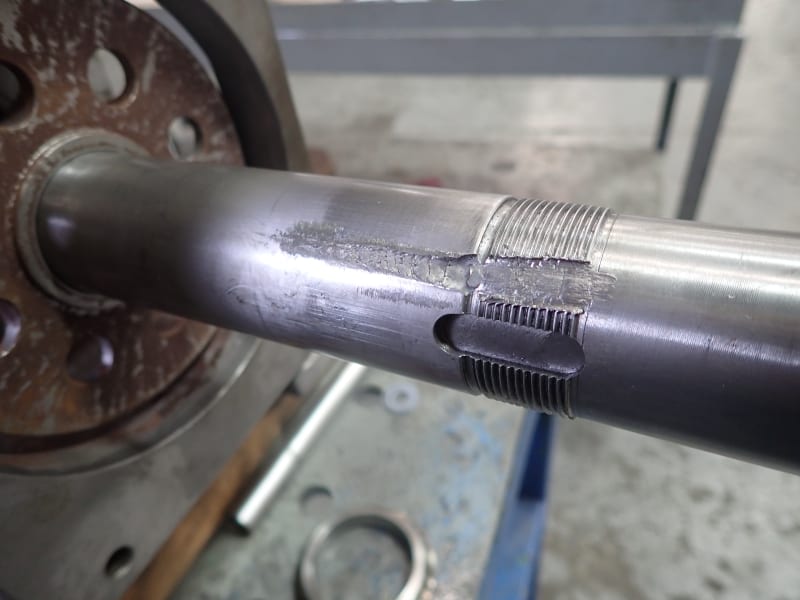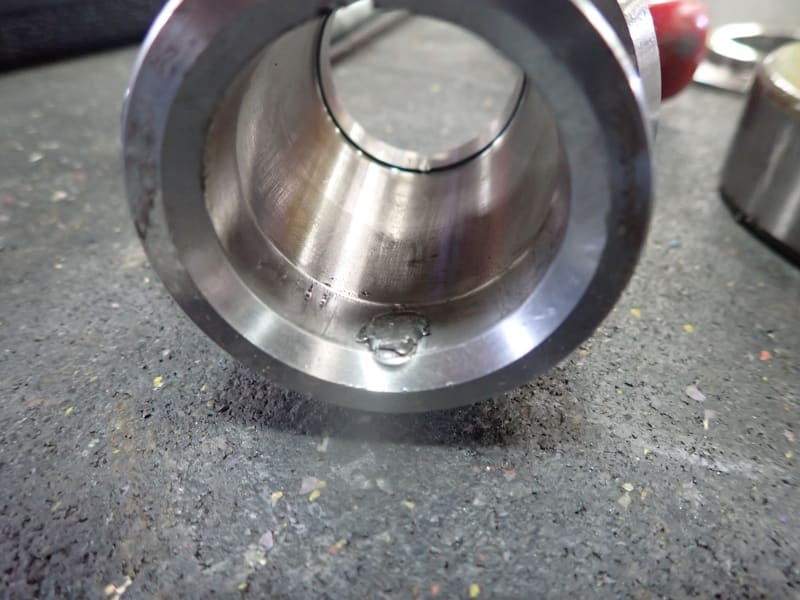Mech5656
Mechanical
- Aug 2, 2014
- 127
Hello All,
We were recently assembling a pump and during installation of sleeve on shaft, the shaft got damaged. I have attached picture. The shaft and sleeve have clearance of 0.0005"-0.001" (Normal to me). During investigation, we found that:
• Shaft and Sleeve are 400 series stainless
• Shaft and Sleeve hardness is 5 Rc difference.
Can you comment on what can be the root cause? What can be done to avoid this in future?


We were recently assembling a pump and during installation of sleeve on shaft, the shaft got damaged. I have attached picture. The shaft and sleeve have clearance of 0.0005"-0.001" (Normal to me). During investigation, we found that:
• Shaft and Sleeve are 400 series stainless
• Shaft and Sleeve hardness is 5 Rc difference.
Can you comment on what can be the root cause? What can be done to avoid this in future?


